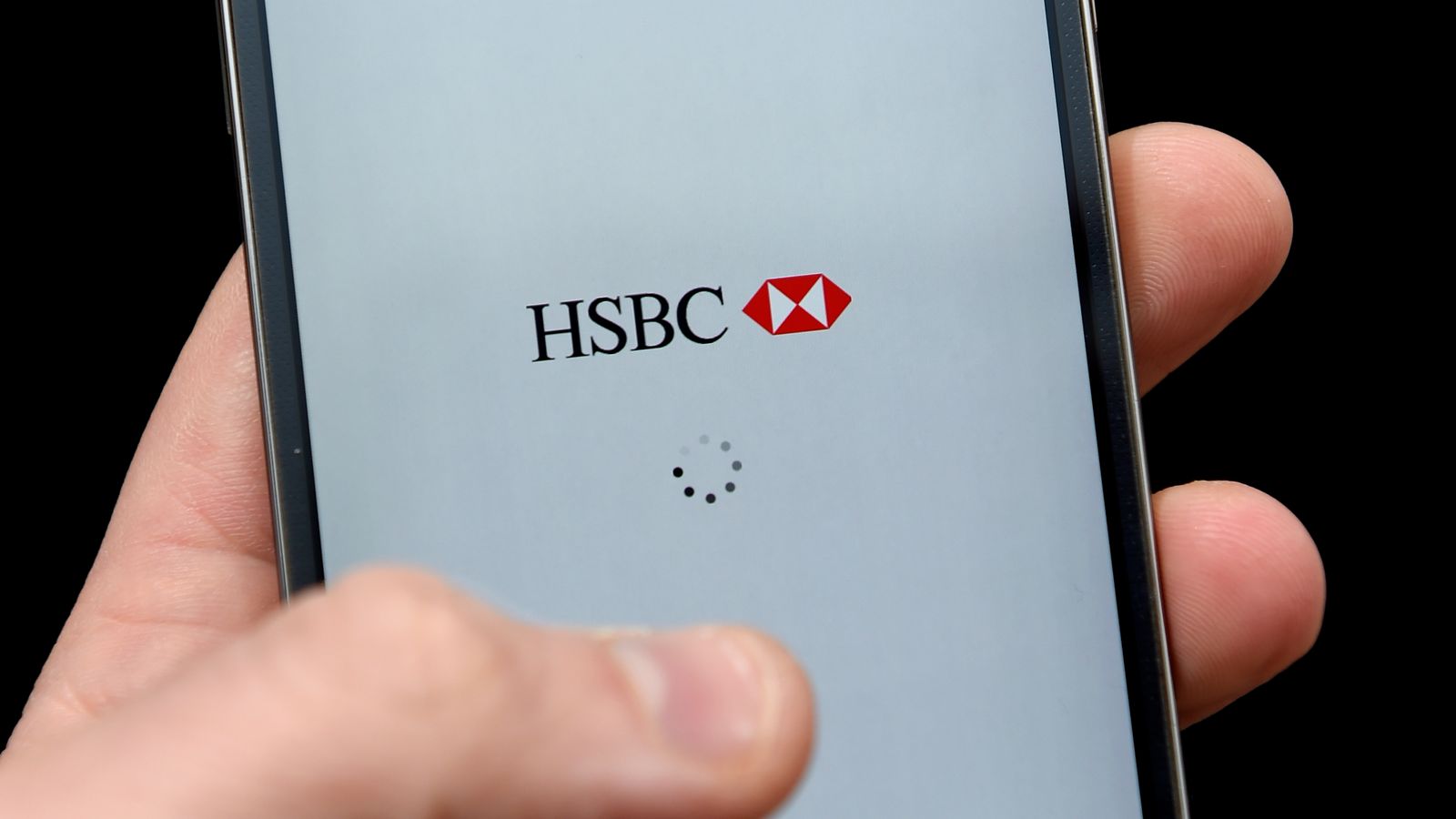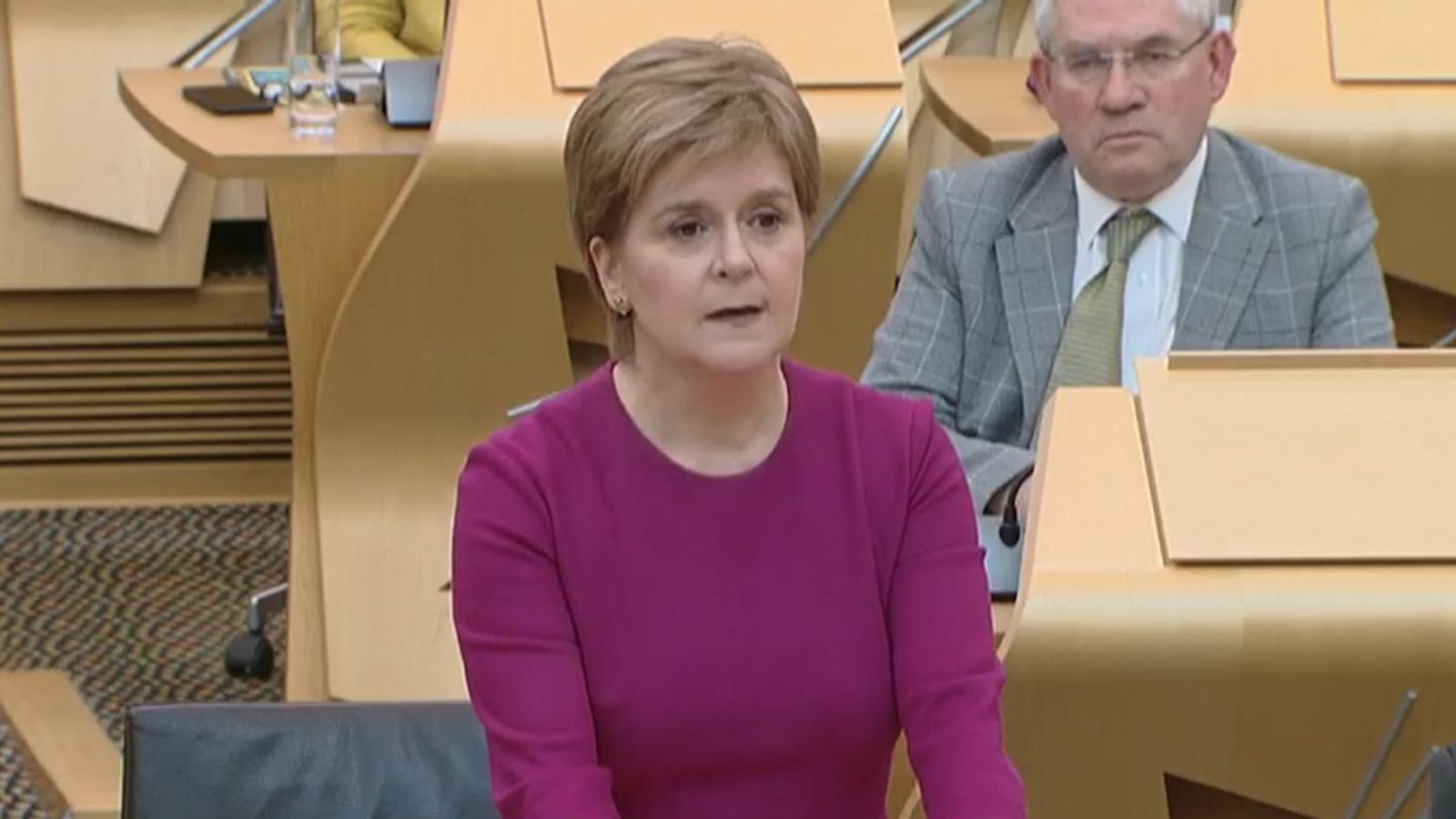There was some unexpected good news buried in the documents released by the Bank of England alongside its interest rate decision today.
Only a month ago the Bank had expected that the UK would face a technical recession this year with the economy shrinking in the first and second quarters of the year (a formal recession is two successive quarters of contraction).
While it has yet to publish an updated forecast, the minutes from today’s meeting revealed that it now expected a slight increase in gross domestic product in the second quarter.
Now in the grand scheme of things there’s not all that much difference between narrowly falling into recession and narrowly avoiding it. Indeed, many would point out that the definition of a recession is, anyway, rather arbitrary.
However, the slight shift in Bank forecast underlines that, slowly and subtly, the economy is showing signs of recovery – or at the very least of a less dismal outlook than was previously expected.
In part this is because the big issue weighing on everyone for the past year or so – higher energy prices – is no longer such a big issue.
Wholesale energy costs have dropped significantly in recent months and while this has yet to be reflected in household bills, it means the projected cost of utilities could be less hideous than previously anticipated this year.
In part, it is because the government has just tabled a Budget involving some further measures, most notably the decision to keep the Energy Price Guarantee level at £2,500 in the second quarter (rather than raising it to £3,000).
Put that all together and, says the Bank, “real household disposable income could remain broadly flat in the near term, rather than falling significantly as had been expected previously.”
This is quite a big deal: it implies the “feel-bad factor” could be considerably less severe. The problem is that saying the situation is less bad than expected is not quite the same as saying it’s good.
The coming months will still feel tough for most households, and for those who have mortgages – especially those re-fixing those mortgages soon – the Bank’s higher interest rates will only exacerbate the squeeze.
And that’s before we get to the deeper problem. The Bank is, like other central banks, caught on the horns of a dilemma. On the one hand, it’s duty bound to try to keep inflation down and given inflation is so high that implies it needs to raise interest rates considerably (and that’s what it’s done).
Read more:
Inflation takes surprise leap to 10.4%
US interest rates increased despite worst banking turmoil
More than a million universal credit payments cut over past year
On the other hand it’s also duty bound to try to maintain financial stability. As you’ll have noticed, there have been a series of bank failures and near-failures recently – some in the US and then the collapse of Credit Suisse in Europe. Financial stability, in other words, has been under threat.
But to a greater or lesser extent these problems have been precipitated by the very interest rates central banks are raising to fulfil their other role.
Today’s increase in UK borrowing costs to 4.25% could raise the pressure further. The two roles for the Bank are rubbing up against each other.
The Bank believes it doesn’t have to choose one or the other but the coming months will be telling. What happens if there is more financial chaos? What happens if central banks have to choose between maintaining financial and monetary stability?
It’s a question they’re dearly hoping they won’t have to answer.










